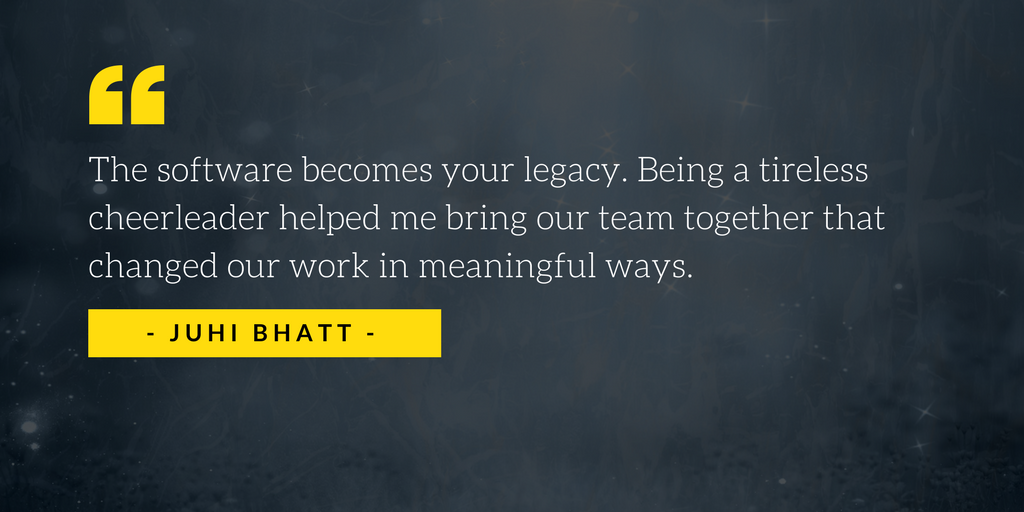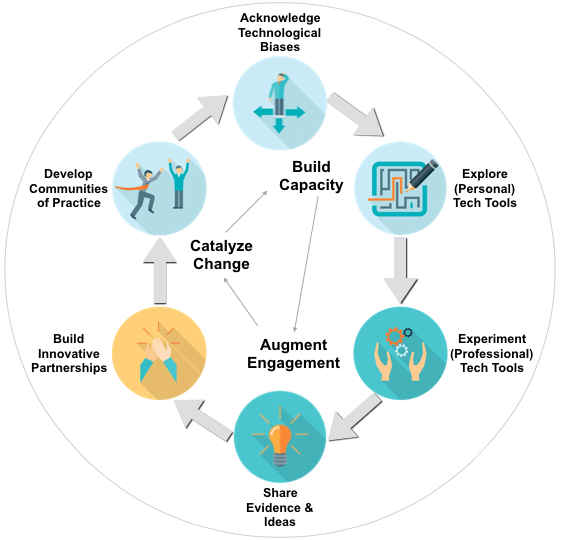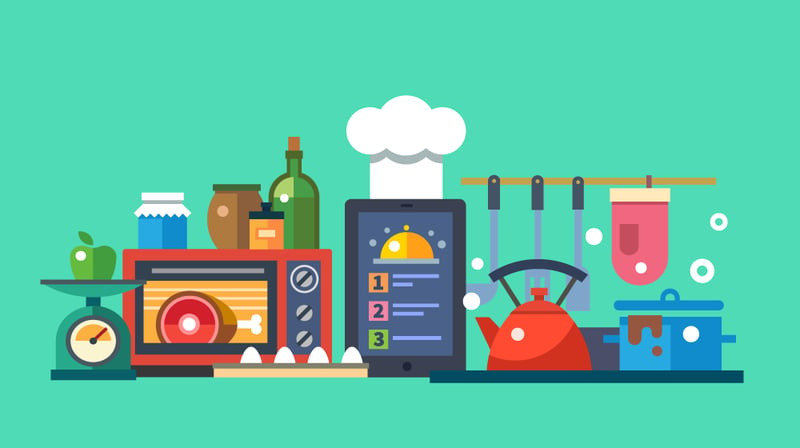If you find yourself managing student events, organizations, and paperwork, right now you’re spoiled when it comes to choosing a shiny new technology platform to help streamline your work.
Onboarding software to a student affairs division is more than just starting the relationship with the company, fronting the money, and expecting the customer service team to take care of the rest. A great part of the success of new software includes the person who is physically on-boarding it and communicating effectively with the rest of their team.
We’ve shared a lot of great resources about different aspects of justifying, gathering resources, and onboarding software:
- Andy Gould, Director of Campus Development at Presence, explained the benefits to buying a software rather than building it. Our friends at Roompact also gave a pretty great overview.
- Juhi Bhatt, student affairs professional, reviewed the process of on-boarding a student conduct software at a community college
- On our blog, we’ve looked at how to best justify and incorporate a software into a student affairs budget for the upcoming year
Here are effective strategies we’ve pulled together to help student affairs divisions onboard a team to a new software and what it takes to say goodbye to the old way of doing things.
Building new bridges
The person who is transitioning to new software is the bridge. Quite figuratively.
Let’s pretend you’re that person.
You’re the bridge between the old software and the new software. You are responsible for owning the transition, which means you take the good with the bad. There are bound to be some hiccups along the way which will only test your leadership skills further. I’m here to remind you that onboarding a new software means you are the change agent throughout the entire process — and it’s possible to get you there, with the right mindset and framework.

A new software tool must enhance existing processes and workflows; for instance, reducing paper, building more streamlined communication, and positively impacting students. And hopefully, it will allow you more time to spend with students and less on paperwork.
With this, attach a dollar value of all of the benefits where you can (they add up quick). This way, you have some tangible numbers to look at the return on investment of the software implementation and ongoing utilization of the tool. If you’re unsure of how and what you want your tool to deliver, then how do you know whether it’s successful or not?
Finding your campus champions
Surely, there are other people in your division or on-campus who are going to be excited about onboarding a new software.
This means bringing a diverse team together who see the value and can speak the language. This could be anyone from career services, to campus recreation, to residence life — and if you don’t know who should be part of your team pushing a new software forward, it’s best to do the legwork and find out.
Bringing users in early-on in the process will also help build support for your software solution. This will also help you communicate the value proposition to the rest of campus — you can’t do this alone!
Ask yourself these questions when building your team:
- Does this person have experience with data or software management? If not, are they a quick learner with technology or interested in increasing their competency around tech?
- Do they have time to oversee any new processes that may come with software?
- Are they interested in communicating and helping report analytics to the rest of the team and/or division?
Transferring to a new software system
This task can seem a bit daunting, but with consistent communication and awesome customer service support, this should be a pretty seamless process.
This is a great opportunity for some spring cleaning and a review of how data is set up and what data is most representative of your student population moving forward. For example, just because you had gender binaries in data in the old system, doesn’t mean you can’t manipulate your data file to be more inclusive in your new system.
Some employees will need more hand-holding, while other will be pumped. It may be helpful to map out some user journeys with your software. Help stakeholders understand how many minutes they will be spending per week on this new software.
For example:
Multicultural affairs as a department may focus on different assessment and analytics than a Dean of Students. If you’re a higher-level staff member, you may not be getting your hands dirty in analytics all too often, but you may want access to see how projects and events are going without interrupting direct reports. It’s important to divvy-up some of these roles and understand how you’ll report out information to the team at-large.
Utilizing a framework to onboard tech
This past March, I had the opportunity to listen to Dr. Ed Cabellon speak about his doctoral research at the NASPA Annual Conference in San Antonio. His presentation centered around a new technology implementation model for student affairs divisions in higher ed, and how to effectively onboard tech to teams.
The comprehensive framework considers the onboarding of any type of new technology (or social media platform) to your team. The best part? It can be implemented at any level and role within a student affairs division.

image from www.edcabellon.com/technologyimplementationmodel/
Here we highlight some key takeaways from Ed’s model that will help effectively onboard a student affairs software:
- Acknowledge and explore your team’s technological biases around tech. What types of technology does your team enjoy interacting with (personally/professionally)? What are some ways you can break down barriers?
- Explore new software and technology tools. Consider how each tool will positively impact things like capacity building, engagement, and catalyzing change among your organization.
- Share evidence, new tools, and ideas around tech. Write out a timeline for a technology implementation plan, including costs and a strategy for on-boarding the tech to the entire student affairs team.
“Once a new technology rolls over you, if you’re not part of the steamroller, you’re part of the road.” -Steward Brand
As the leader of the software implementation process, check-in with your team and ask for feedback so they don’t fall off the metaphorical rollercoaster. Even when all of your team members feel comfortable, your work isn’t done in steering the team in the right direction — it’s just getting started.
When building the Presence student engagement online platform and mobile application, we considered the complexities that come with onboarding an entire team to a new software. If you’re curious about how student engagement software will help streamline processes for your student affairs team, get in touch with one of our Engagement Specialists for a free demo.
Give us a shoutout Twitter and let us know what was most helpful about this post: @hellopresence & @kayleyrobsham. Thanks for reading ?
References:
Cabellon, E.T. (2016). Technology implementation model in student affairs. https://edcabellon.com/technologyimplementationmodel/
Cabellon, E.T. (March 2017). Personal communication.





